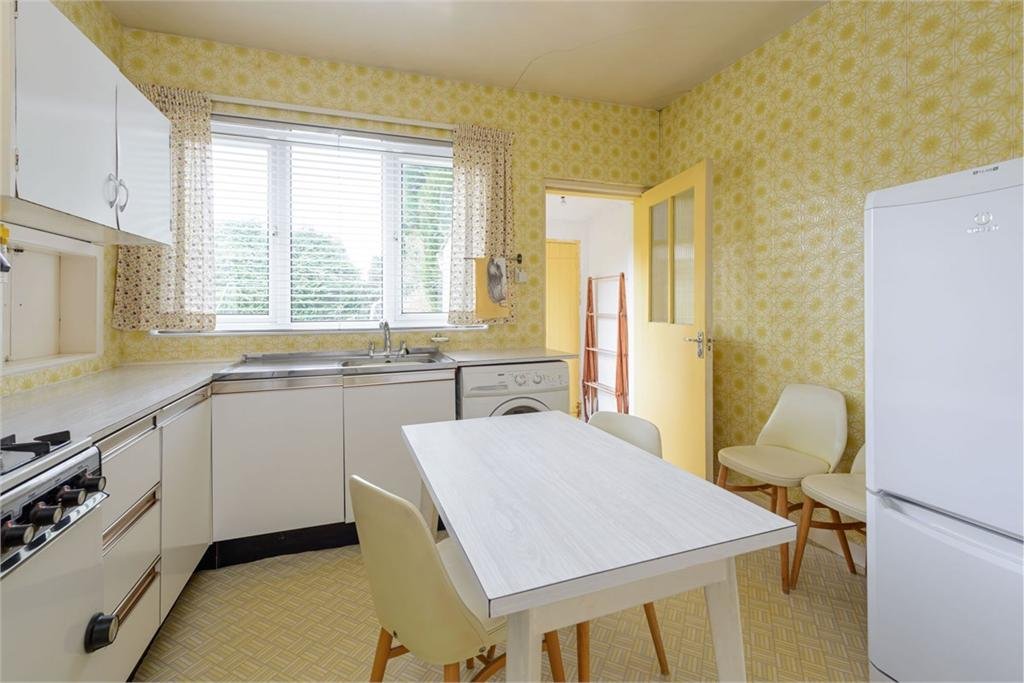
Today's auction house artefact is this charming and rather Old Testament early 1960s advertising poster for the Clyde Shipping Company (incorporated in Scotland). the-saleroom.com/en-gb/auction-… 

The name on the bow of the ark is "Tuskar", in reference to the (then) new Clyde Shipping motor vessel MV Tuskar, built for the Liverpool to Waterford service - despite its name, most of Clyde's business was on the Liverpool to Ireland routes. 

The Tuskar, named after a lighthouse like all of Clyde Shipping's vessels (in this case Tuskar Rock off the southeast coast of County Wexford) was built for the Waterford run in 1962, by Charles Connells at Scotstoun on the Clyde (pic = Ships Nostalgia shipsnostalgia.com/media/tuskar.2…) 

But Tuskar didn't last long, the downturn in traditional coastal shipping as it was replaced by containers, roll-on-roll-off ferries and cheaper flights meant that it was out of service and sold off by 1968, sold to Yugoslavia as "Brioni".
Clyde Shipping were one of the first steamship companies, with a history going back to 1815, operating steam tugs and luggage vessels on the eponymous river and firth. The house flag, featuring a Scottish lion and Irish harp, was changed in 1924 due to the political environment
The new flag featured a lighthouse and the letters CSC and was based on a suggestion by a "Miss Blakiston-Houston." I believe the Blakiston-Houstons were Northern Irish gentry with shipping interests. (credit National Maritime Museum, Greenwich, London, Pope Collection.) 

Tuskars main purpose was to have carried live animals from Ireland to the English market, and it was noted in 1967 she carried 1,000 pigs to Liverpool after a "bacon strike" had caused a dockside buildup. Perhaps that's why the poster artist chose the ark.
Such was Clyde Shipping's focus on the Irish market that in 1912 they bought the Waterford Steamship co. and built a fine quayside office in that city, with much ornamental shamrocks and thistles in evidence. 

Indeed the importance of Clyde Shipping to Irish trade was such that the "Clyde Boats" became a byword for shipping to the ports on the east side of the Irish Sea (pic ID 125864233 © Chris Dorney ) 

While they remained important on the Clyde itself as a tugboat company, it was the Irish services that made them their money and featured prominently on advertising materials. 





This 1894 passenger handbook shows the older house flag, of a Scottish lion rampant and an Irish harp, in a very Victorian and Britannic fantasia scene. 

The Clyde Shipping tugs later took "flying" names, e.g. here is Flying Duck in the 1960s flickr.com/photos/glasgow…
And here are Flying Mist, Flying Spray +1 in 1975, in the house colours of orangey-brown upperworks and dark navy hulls and funnels. flickr.com/photos/gillfot…
And into the early 1990s, here are Flying Childers, Flying Fulmar and Flying Phantom at Greenock. flickr.com/photos/seapige…
Tragically Flying Phantom - by then under different ownership - capsized one foggy December night in the Clyde in 2007, with all 3 crew losing their lives. This was the result of a string of safety failings on the part of the operators and Clydeport bbc.co.uk/news/uk-scotla…
• • •
Missing some Tweet in this thread? You can try to
force a refresh



















